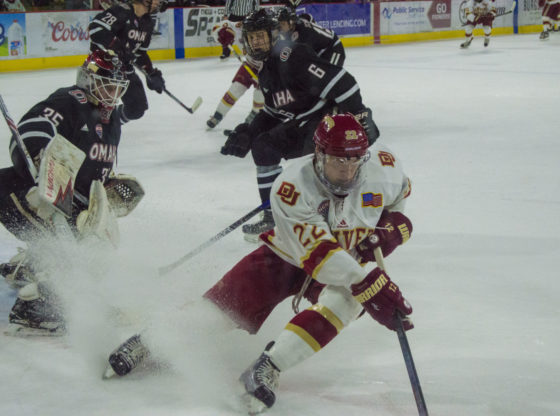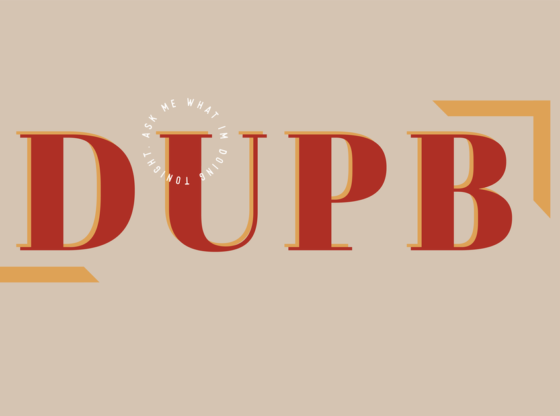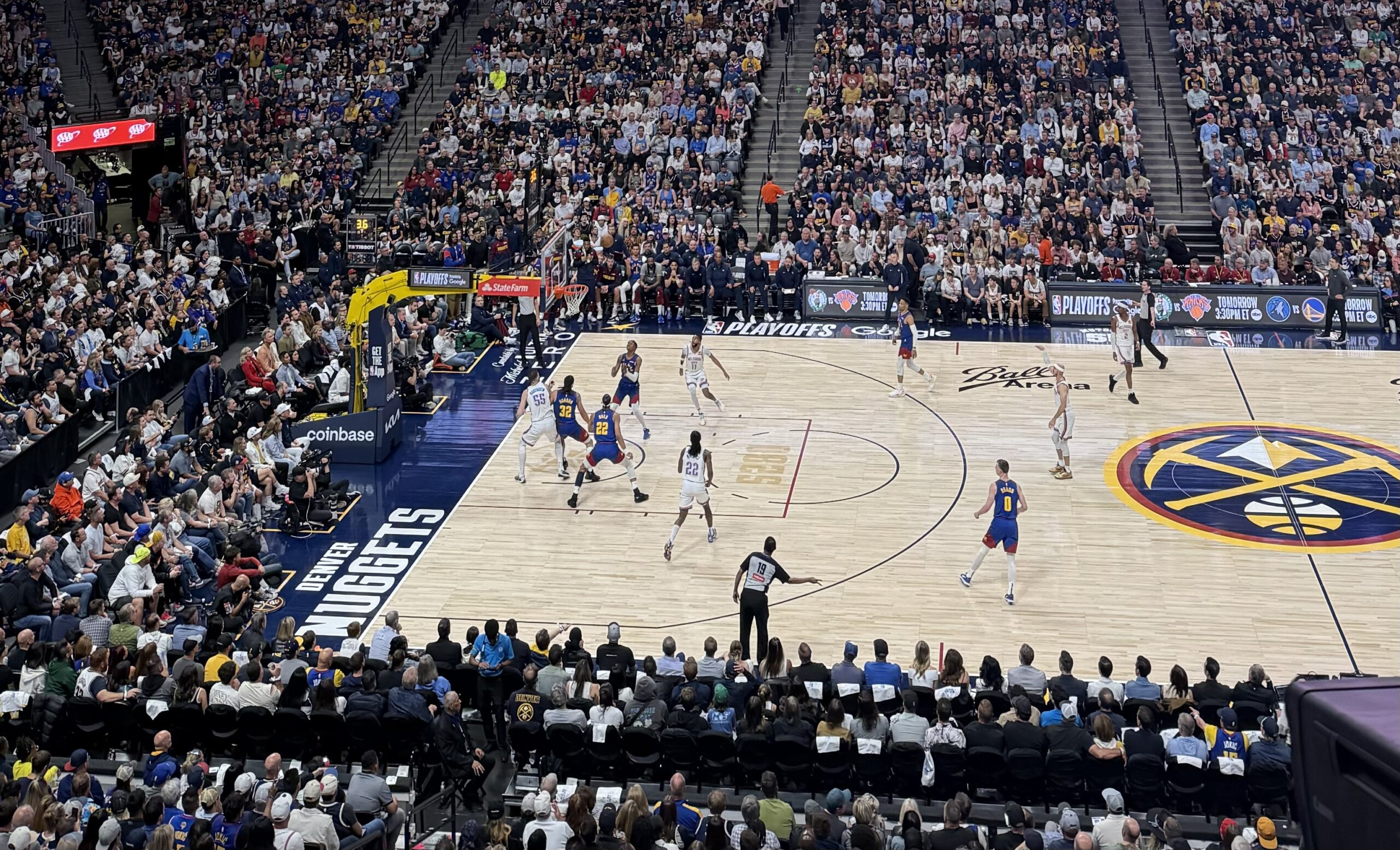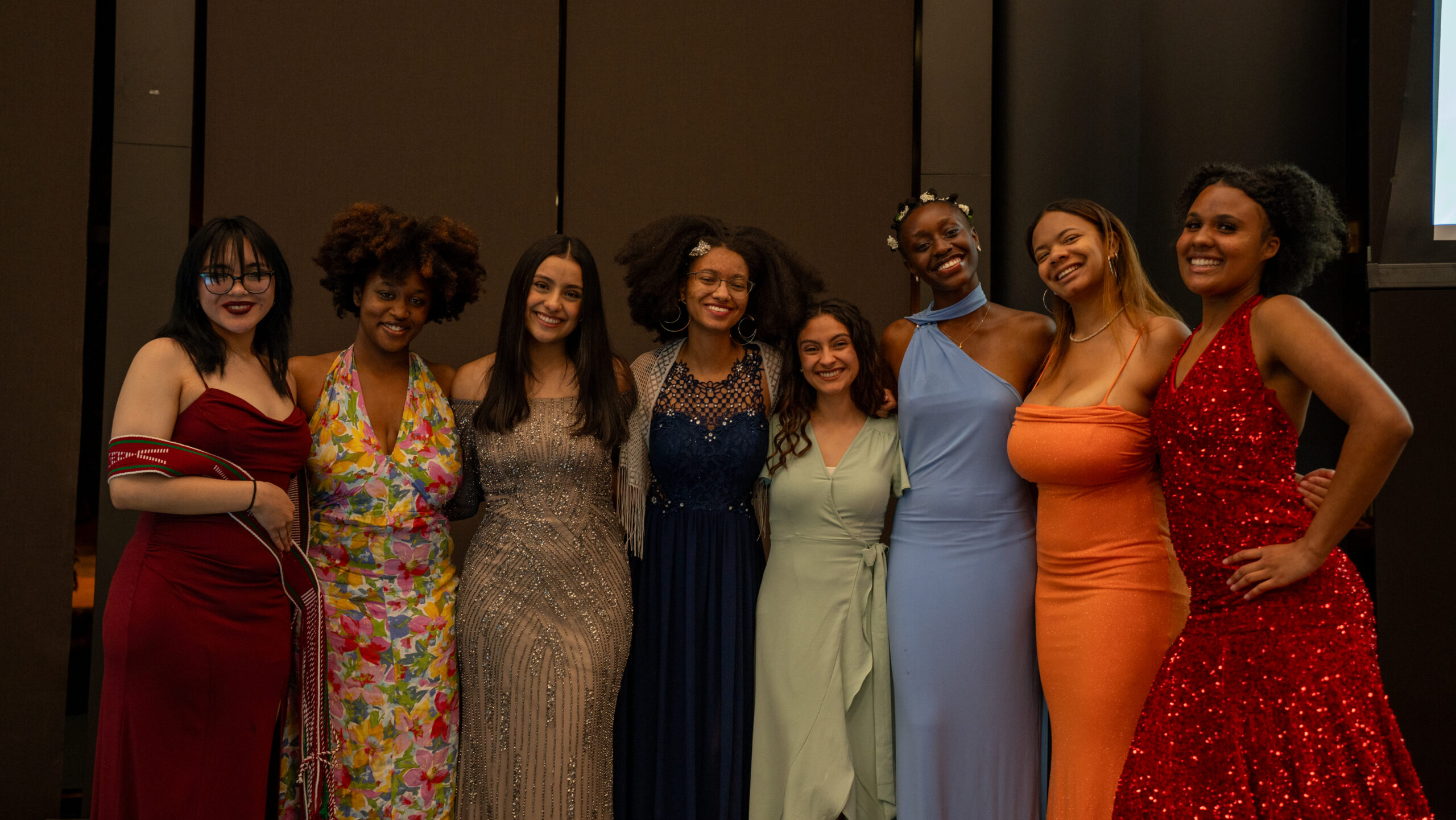House v. NCAA is the most consequential lawsuit the NCAA has ever faced — not only in financial liability, but also in sweeping implications that would change college sports forever.
The lawsuit was filed in 2020, by a male swimmer and a female basketball player, who alleged athletic conferences and the NCAA violated antitrust law by collectively agreeing to deny student-athletes benefits, compensation and their ability to use their name, image and likeness (NIL) rights.
This lawsuit will effectively end amateurism in college sports. $2.78 billion will be used as back-pay for college athletes who played between 2014 and 2023 and future student-athletes (part of the universities opted into the House settlement) will be able to get paid directly from their university. Universities will get to pay their student athletes up to $20.5 million dollars in total during an athletic season.
U.S. District Judge Claudia Wilken is the facilitator of the final steps in the lawsuit but has thrown a wrench in finalizing the settlement.
A big notion that has come out of the recent settlement is roster limits. Historically, college teams have had scholarship limits and only hand out a certain amount of full-ride scholarships. There were no limits on the amount of players on the roster and players that had partial scholarships, or were walk-ons, that could be a part of the team.
The lawyers for the NCAA and the athletic conferences have tried to implement roster limits that would effectively end walk-ons and partial scholarships. Wilken put a stop to it and will not confirm the settlement unless the lawyers figure out how to grandfather the walk-ons from the previous athletic season into the settlement. This means that Wilken is protecting the walk-ons from losing their roster spots going into the 2025-26 season.
Wilken and the House v. NCAA lawyers have until July 1 to put a stamp on the settlement, otherwise the next athletic season will be like the last few under the NIL era; chaotic.
But, in my opinion, this settlement will do nothing to solve the major issue plaguing college athletics.
College athletics have historically exemplified what’s right in sports.
To me, a few images of what that looks like come to mind: The creation of traditions among programs and universities, the development of interpersonal and life skills through coaches and the allocation of billions of dollars in academic scholarships for student-athletes.
But in today’s NIL era of college sports, it’s sometimes difficult to see any of the three images I listed above.
There’s no doubt what sport is the most popular in the U.S. and the NCAA. In 2022, GoBankingRates conducted a study on the revenue of NCAA universities based on the sport, and football outearned the next 35 top-earning sports combined. On average, a university brings in $31.9 million per season. Basketball was next at an average of $8.1 million per university.
The Big Ten Conference signed the biggest TV-contract deal ever in college sports history in 2023, a whopping $8 billion deal. In comparison, the NHL signed a TV deal just a year before, and only got $4.5 billion.
These university athletic football programs are legitimate corporations. 24/7 Sports ranked the top-earning football programs from the 2023 season; the No. 1 program was the Ohio State Buckeyes, who earned $279,549,337 that season. The No. 25 program on the list was Illinois University, which raked in $148,345,919 in revenue.
The money is astounding and outrageous. In turn, the profits create the one thing plaguing college sports from becoming the virtuous activity it was once perceived as: greed.
Example No. 1 of the greed in college football has been the expansion of the College Football Playoff. The playoff has expanded to a month and a half long schedule, which aims to better compete with the NFL. But, long-standing bowl game traditions have been eroded to pave the way for “more exciting” quarterfinal matchups in the playoffs, players miss more class time and the level of competition has decreased from a four-team battle to a 12-team scramble that rewards television ratings over team quality.
Example No. 2 of the greed is from college football coaches and conference commissioners. Comments thrown out by SEC figures during the recent SEC Spring meeting exemplify this.
Texas Head Coach Steve Sarkisian denied reports that the Longhorns spent $40 million on their 2025-26 roster, and said he wished he had $15 million more “to make his roster better.” It’s estimated that $20-25 million has already been spent on Texas’s next season’s roster — easily one of the highest dollar amounts reported so far in the offseason.
SEC commissioner Greg Sankey has continuously made comments that call for the change to the current format of the College Football Playoff and call for auto-bids for the “premier conferences” — which merely means the SEC in his eyes. He wants the playoff expanded, so more SEC teams can be guaranteed a spot and so the conference can ultimately make more profit.
Sankey is an especially terrible figure for the college sports community. He recently announced that every SEC team whose fans rush the field after a game will be fined a whopping $500,000. That’s a big financial consequence for a thing that has not caused many extensive issues and is a fun tradition for fans. Sankey is the epitome of a sports executive mindset: money, money, money.
Wilken and the House v. NCAA settlement at face value might look like it’s helping the situation by giving money back to the players and instituting much needed regulations for player compensation. But instead, the proposed changes enable the current system even more and creates a system where money is EVERYTHING.
Now, student-athletes will have to engage in compensation negotiations with athletic departments themselves, who have more leverage than a third-party collective group. I also predict athletic directors and college sports executives, who already complain about their high costs, will attempt to limit the revenue shared to student-athletes and redirect the funds back into their own pockets.
Greed will never subside in a system that enables it. I don’t have an answer to how to stop greed, but it will certainly have to involve not giving a dollar or a dime to the profiteers.
Maybe greed is actually the overall, general trend in sports. To me, sports will always mean way more than billion-dollar TV contracts and nine-figure revenue streams. I always believe in the saying: money isn’t everything.











